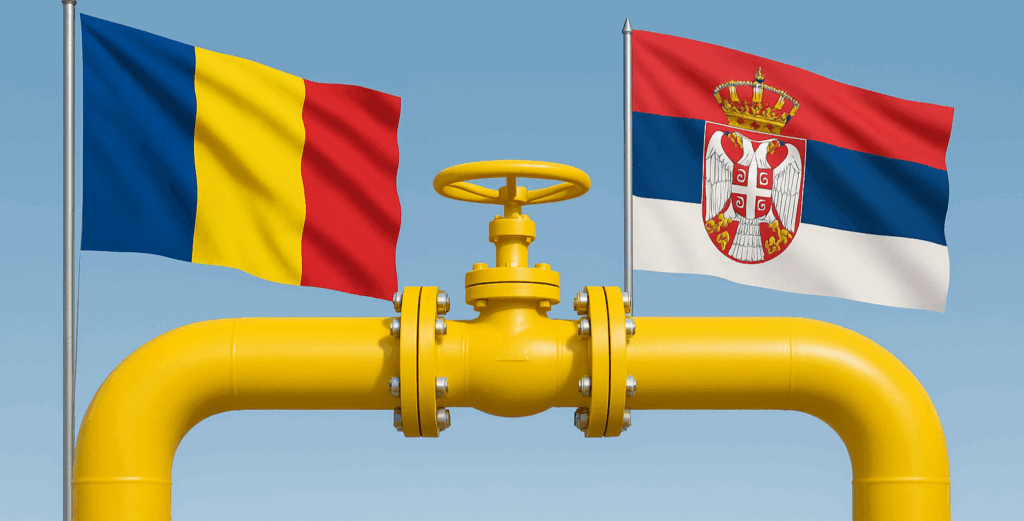
The Republic of Serbia is currently engaged in negotiations with the Russian Federation over a new gas arrangement. For many years, Serbia has been almost entirely dependent on imports of natural gas from Russia – an energy, economic, and security risk in the context of current geopolitical dynamics.
The European Commission has decided that the EU will phase out all Russian energy imports by 2027. While Serbia is not a member of the EU, as a candidate country in accession talks, it must take this decision into account and align its energy strategy accordingly.
Serbia as a Regional Energy Hub
Serbia and the broader Southeast European region play a key role as an energy hub, with the last remaining operational Russian gas pipeline still passing through this territory and supplying several Central and Southeast European countries.
In recent years, Serbia has taken concrete steps to diversify its gas supply, such as the construction of the interconnector with Bulgaria, through which gas from Azerbaijan is now imported. New initiatives are emerging – including a potential new supply route from Romania.
Serbia–Romania Interconnection: A Strategic Opportunity
In 2023, the energy ministers of Serbia and Romania signed a Memorandum of Understanding to build the Mokrin–Arad interconnector, which would directly link the gas networks of the two countries. The project is currently under development, with completion expected by 2028.
Serbia is the only neighboring country that Romania is not yet connected to by gas infrastructure, making it an attractive market for Romanian exports.
Can Romanian Gas Replace Russian Supply?
There is optimism about the potential for Romanian gas to fully replace Russian imports in Serbia. However, technical and capacity constraints must be considered. While Romania is now the EU’s largest producer of natural gas (following the closure of the Groningen field in the Netherlands), it still struggles to meet domestic demand during winter months and continues to import gas.
Neptun Deep and Regional Transformation
A game-changer could be the Neptun Deep project, a joint venture between OMV Petrom and Romgaz, set to exploit gas fields in the Romanian Black Sea. Production is scheduled to begin in 2027, with initial contracts already signed, such as with Moldova’s Energocom, which will cover 25% of Moldova’s annual gas needs.
Romania’s Infrastructure Push
Romania is also expanding its gas infrastructure:
- Transgaz, the state-owned gas company, is completing the BRUA pipeline, linking the Black Sea to Romania’s western border.
- The development of the Vertical Gas Corridor, a major regional project, provides a strategic alternative to Russian gas.
Serbia’s Long-Term Energy Strategy
Although Romanian gas cannot yet fully replace Russian imports, it is crucial for Serbia to plan long-term and strategically:
- Romania may invest in LNG terminals on the Black Sea (e.g., Constanța).
- Serbia can increase imports via TAP pipeline from Azerbaijan.
- Serbia can also utilize LNG terminals in Greece for further diversification.
A Strategic Partnership in the Making
Serbia and Romania enjoy stable political relations, no territorial disputes, and low transport costs, creating ideal conditions for a long-term energy partnership. Existing cooperation on projects like the Đerdap hydropower plant further strengthens the foundation for deeper ties.
Conclusion: A Model for Regional Energy Cooperation
Energy cooperation between Serbia and Romania has the potential to become a pillar of regional stability and sustainable development. By investing in infrastructure, diversifying supply, and embracing joint strategic projects, both countries are positioning themselves as leaders in the European energy transition.
This collaboration could become a best practice model for how neighboring countries can build a secure and sustainable energy future – aligned with EU standards, resilient to geopolitical shocks, and beneficial for the entire Southeast European region.
